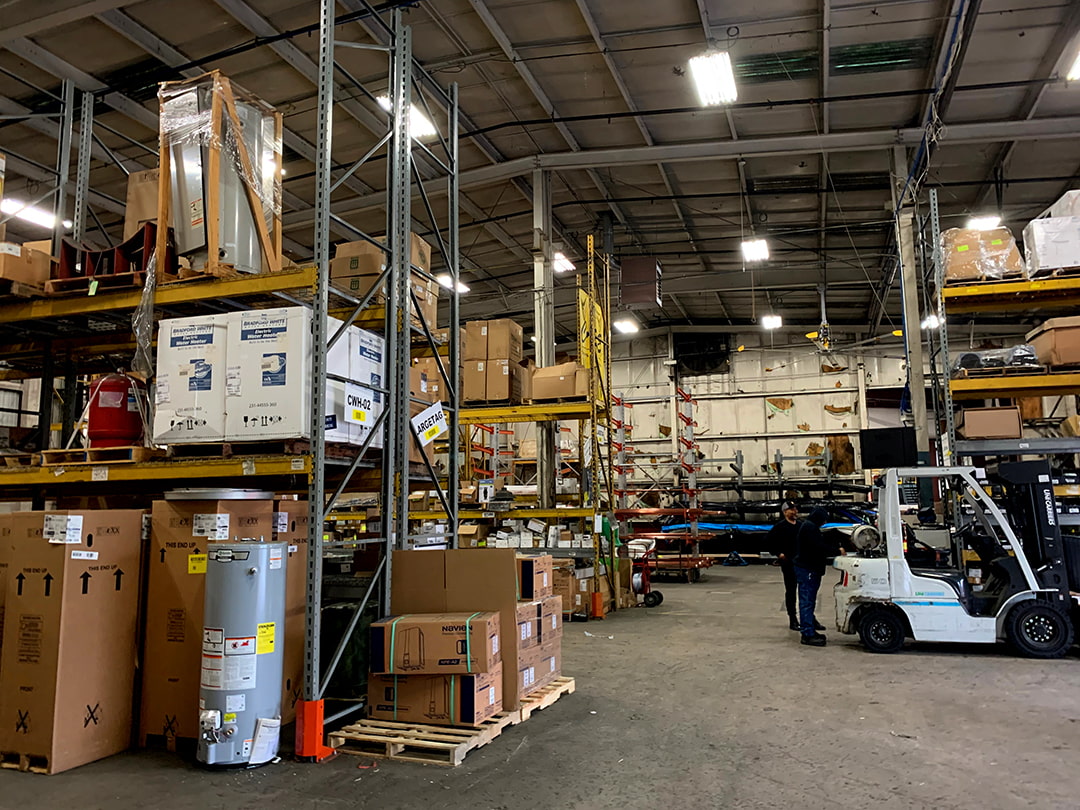Overview – The Problem/ The Challenge
Our long-standing client, Ferguson, has experienced significant growth over the last two decades, but their internal systems have not kept pace. Despite their focus on sales and expansion, their back-end systems, essential for managing their extensive product inventory, were outdated. This created inefficiencies and overburdened their small product data team, which struggled to process seasonal product updates across multiple platforms. The data team’s workload became unmanageable, overwhelming their existing infrastructure and staff morale.
As with many organizations in today’s data-driven landscape, Ferguson struggled to unlock the full potential of its product data. Common solutions focus on technical aspects like data lakes, metadata management, and platform efficiency. However, we believe the true benefits of data emerge when it is approached as providing a valuable service to all parts of the business, not just as a technical resource.
This case study explores how we helped the Ferguson Product Data team redefine their data strategy by shifting from a purely technical focus to a service-oriented mindset. By treating data as valuable services designed to empower various parts of the business, we reimagined how internal teams interact with data, transforming their operations to be more agile, service-oriented, and ultimately more impactful.
Approach
The Ferguson Product Data team relied on manual data entry using spreadsheets for tens of thousands of vendors and hundreds of thousands of products. Each product then required time-consuming enrichment, normalization, vetting, and uploading to an inefficient database. With thousands of products and numerous teams involved, the process became overwhelming and unsustainable as the business grew. Recognizing the need for a more efficient system to process, enrich, and distribute product data, Ferguson partnered with Harmonic to assess their current process and design a new comprehensive solution to streamline their processes and support their continued growth.
Our approach began by partnering with core members of the Product Data team and ensuring we fully understood the organization’s needs for product information through comprehensive stakeholder interviews. We engaged with key players across the company, from sales and enterprise architecture teams to those directly handling product data, including customer representatives and even the vendors who supplied the product information. These interviews helped us capture a wide array of perspectives and priorities, which were essential for the successful development and activation of a new solution. Recognizing the critical role product data played in the organization, we prioritized building consensus and aligning on shared objectives while reconciling any differences.
Experience Map – is a visualization of the end-to-end experience of one or more customers, often in relation to a specific customer journey. Experience maps help understand and communicate variations of needs and experiences.
To map out the existing processes, we collaborated with the internal team during in-depth working sessions. Together, we created an experience map that represented twelve different stakeholders’ interactions with product data, from suppliers providing information to content teams enriching it and data teams normalizing it. This extensive map, comprising over 275 steps, highlighted gaps, inefficiencies, and critical failure points in the data ecosystem. By analyzing these interactions, we identified key opportunities for meaningful and immediate change. Using these detailed Experience Maps, we conducted a series of Opportunity Workshops where the team prioritized key pain points, identified opportunities, and co-created concepts for a new product data ingestion and enrichment solution.
Next, we conducted service blueprinting sessions with cross-functional teams to map out how we were going to operationalize the future-state solution. We detailed both front-stage and backstage elements required to deliver this new system and identified essential capabilities that needed to be modified or created. Finally, using evolution mapping—a technique of backcasting—we outlined three future time horizons. This method helped the client visualize the sequence of capabilities needed to deliver a balanced, cohesive service experience, ensuring organizational readiness and a clear path forward.
Outcome
As a result of our work, the product data team gained a comprehensive, end-to-end understanding of the entire data ingestion and enrichment process—something they had never achieved before. We identified overlaps in their two main workflows, pinpointing areas of redundancy and highlighting opportunities to streamline by merging them. In addition, we delivered a detailed Evolution Map outlining over 290 business and service capabilities that would either need to be modified or created from scratch to support the new solution.
As a result of our work, the product data team gained a comprehensive, end-to-end understanding of the entire data ingestion and enrichment process—something they had never achieved before
While the scope of the work initially felt overwhelming, the clarity of the map gave the team the confidence to begin creating detailed implementation plans. With this newfound understanding, they were able to focus on building a structured approach to tackle the project. They were also able to create high-level estimates for the next four years, which empowered the team to make a compelling business case and secure the necessary funding for future phases of the initiative.
